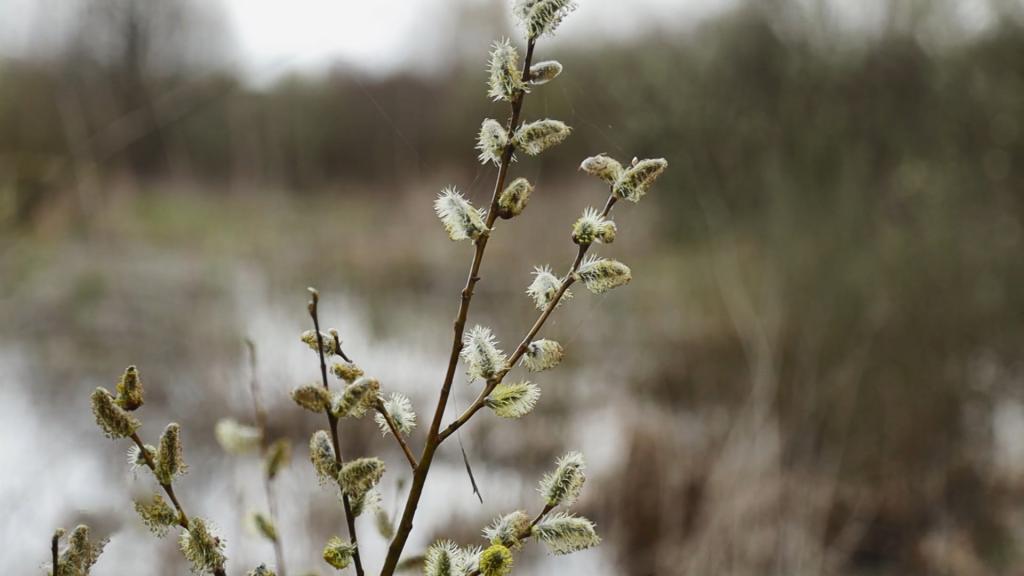Palm Sunday traditions

“It's not me that beats, it's the willow. It's Easter week! Be healthy as water and grow as a willow tree” (This is a Belarusian proverb, which means be healthy and happy) – our grandparents used to call out loudly and merrily as they slapped each other on the back with willow sprigs. They did this exactly one week before Easter.
In the Orthodox calendar, “Verbnitsa”, or Palm Sunday, is a festive day. However, it is not celebrated in the classical sense. Instead of jolly festivities and songs, people fast, turn to their inner world, visit churches and hold a blessing ceremony there with a willow sprig as a symbol of the renewal of all living things.
The original symbol of Easter was the evergreen palm branch. There are no such plants in our climatic latitudes, so the willow tree took its place. The willow branches were decorated with dried or artificial flowers, ribbons and even toys and sweets!

The tradition of slapping willow on the back has an important purpose: to impart the life-giving powers of the plant to people and the world. Such branches have been called branches of life and peace by various peoples. It was believed that after people who were in a quarrel were “slapped” with a willow, they would no longer quarrel in life.
There are about four dozen different species of this plant in our country. It is a sacred, feminine tree, glorified in songs and poems, and many legends have been written about it.
According to one of them, a girl who did not want to marry an old man became a willow, when she went to the river to get water. Her buckets were turned into stones, and a koromyslo (A wooden implement in the form of a long stick or arch for carrying two buckets of water or other loads by hand) into a sycamore maple. That is why the willows mostly grow near the water and stand, a bit sad, with their branches low to the water, like braids.

This is probably related to an ancient tradition of Slavic women. They broke off a sprig from the common bouquet and said: “As long as the willow is behind the icon, my husband will not fall out of love with me or forget me. Amen” (means a wish for love and family welfare). It was believed that this ritual would help to preserve the couple's warm feelings and family happiness.






